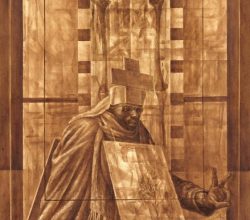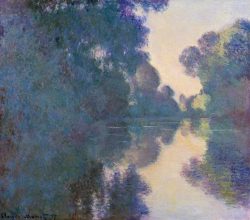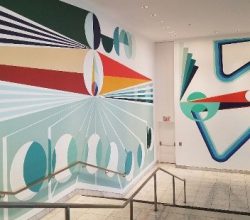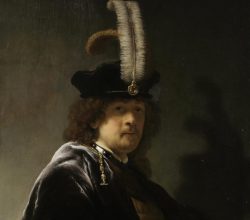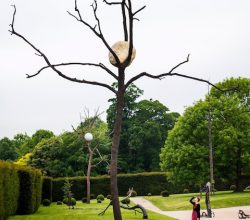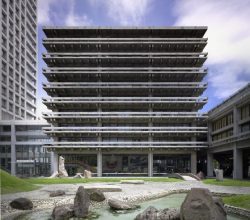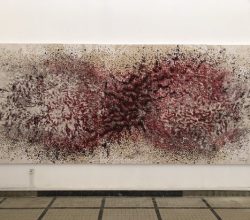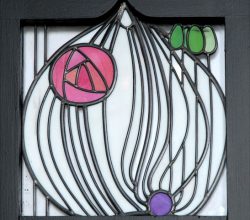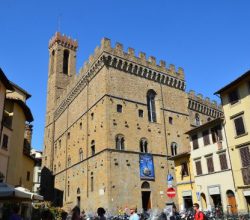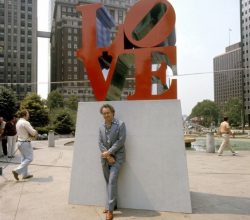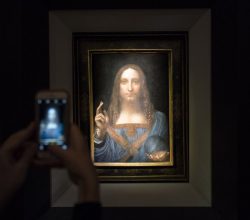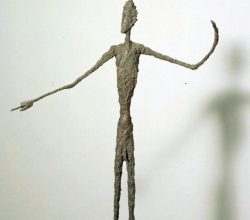
Giacometti: Beguiled by Thin Men and Women
Jason Farago | The New York Times | 8th June 2018
Great though Giacometti’s ‘surrealist’ sculptures were, he was drawn back to the ““thrill and the anxiety” of figuration.” The reviewer finds optimism in these later, gaunt figures. That’s a surprise. A more common view is, as put by another writer “If existentialism was a brand, a Giacometti stick figure would be on the T-shirt”.

